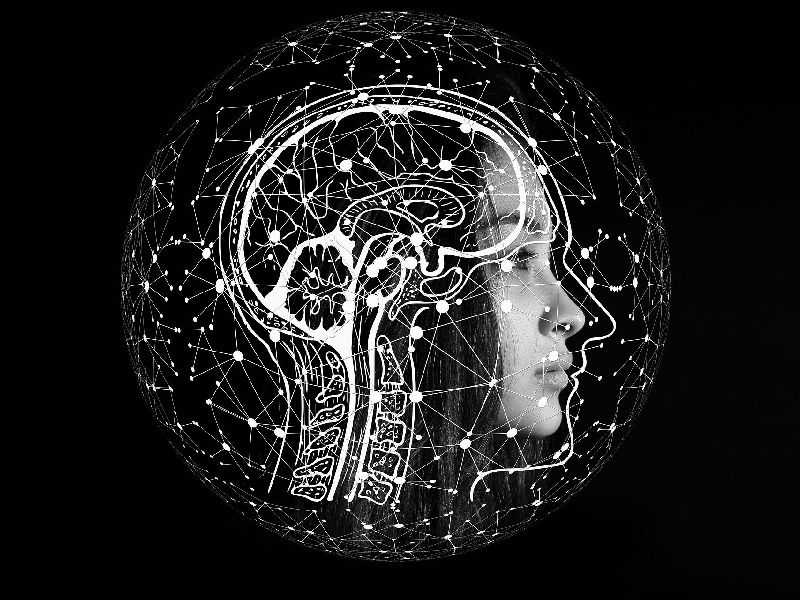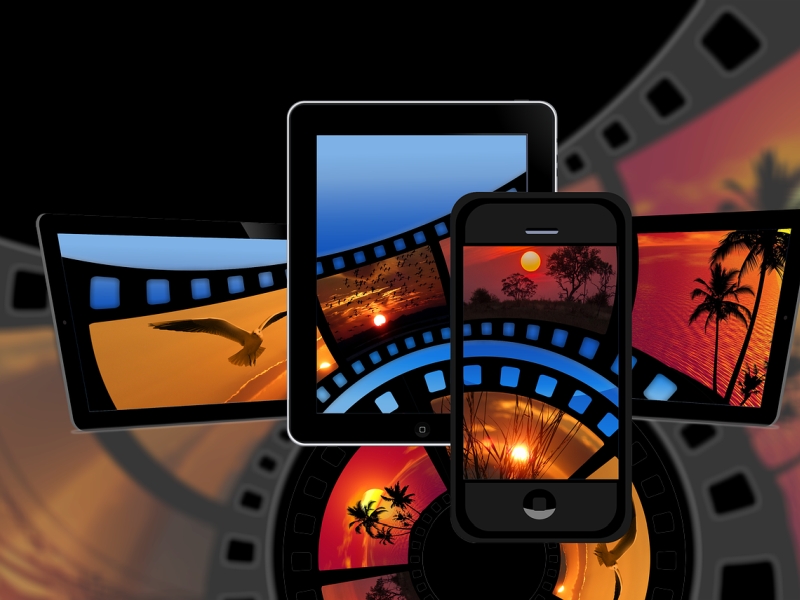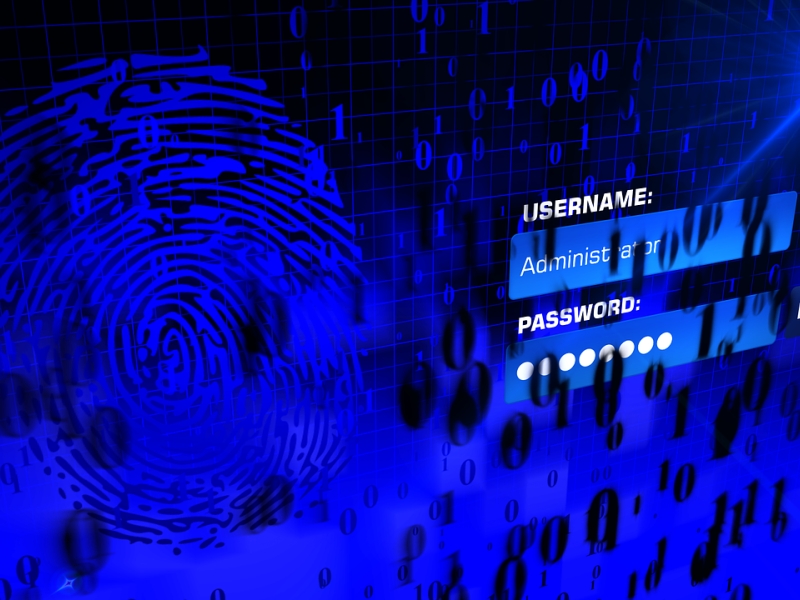Introduction:
In the bustling realm of app design, where innovation and engagement reign supreme, there lies a profound responsibility – the responsibility to safeguard the mental well-being of our users. Welcome to a journey where user experience (UX) and user interface (UI) design intersect with the delicate balance of digital wellness. In this article, we embark on a quest to explore how app designs can promote mental health, prevent digital addiction, and foster healthy usage patterns, all while engaging users effectively.
As we delve into this multifaceted topic, it’s crucial to recognize the profound impact that technology wields on our mental health. In today’s hyperconnected world, where screens beckon incessantly and notifications clamor for attention, it’s all too easy to succumb to the siren song of digital overuse. From incessant scrolling to mindless tapping, our interactions with technology can often stray into the realm of addiction, exacerbating feelings of anxiety, isolation, and disconnection.
But amidst this tumultuous landscape, there lies a glimmer of hope – the power of intentional and empathetic app design to nurture digital wellness. By infusing our app experiences with features that prioritize mental health, encourage mindful interaction, and foster positive digital habits, we can help users forge a healthier relationship with technology.
In the subsequent parts of this article, we’ll journey through the nuances of designing for digital wellness, drawing inspiration from real-life stories, exploring practical strategies, and illuminating the path towards a more compassionate and user-centric approach to app design. Together, let’s embark on this quest to craft app experiences that not only captivate and engage but also nourish and support the well-being of our users.
Understanding Digital Well-being:
To embark on our quest to nurture digital wellness, we must first grasp the concept of digital well-being and its significance in today’s digital age.
Digital well-being encompasses a holistic approach to fostering a healthy relationship with technology, one that prioritizes balance, mindfulness, and intentional usage. It acknowledges the profound impact of technology on our mental, emotional, and physical well-being and seeks to mitigate potential harms while maximizing the benefits of digital connectivity.
In recent years, concerns surrounding digital well-being have garnered increasing attention, spurred by growing awareness of the detrimental effects of excessive screen time, social media usage, and digital addiction. Studies have linked prolonged digital use to a range of negative outcomes, including anxiety, depression, sleep disturbances, and decreased overall well-being.
Amidst these challenges, designers and developers play a pivotal role in shaping the digital landscape and mitigating the potential harms of technology. By incorporating principles of digital well-being into app design, we can create experiences that empower users to maintain a healthy balance between their digital lives and their offline pursuits.
But what does designing for digital well-being entail? It involves a multifaceted approach that encompasses various aspects of UX/UI design, from user interface aesthetics to interaction design and beyond. It requires empathy, foresight, and a deep understanding of user behavior and psychology.
Real-Life Story: Sarah’s Journey to Digital Balance
To illustrate the importance of designing for digital well-being, let’s delve into the story of Sarah, a fictional character who grappled with the challenges of digital addiction and ultimately found balance through intentional app design.
Sarah, a 25-year-old marketing professional, found herself increasingly tethered to her smartphone. From the moment she woke up to the minutes before she drifted off to sleep, Sarah’s days were punctuated by incessant notifications, endless scrolling sessions, and a pervasive sense of digital overwhelm.
Initially, Sarah’s relationship with technology seemed harmless – a convenient tool for staying connected, productive, and informed. But as weeks turned into months, Sarah noticed a subtle shift in her behavior. She found herself compulsively checking her phone, even in the midst of important meetings or social gatherings. She struggled to disconnect, experiencing anxiety and restlessness whenever she tried to step away from her screen.
As Sarah’s digital habits spiraled out of control, so too did the toll on her mental health. She found it increasingly difficult to focus, experiencing frequent bouts of brain fog and cognitive overload. Her sleep patterns suffered, disrupted by late-night scrolling sessions and the constant glow of her smartphone screen. And despite her efforts to maintain a facade of productivity and connectivity, Sarah couldn’t shake the nagging feeling that something was amiss.
It wasn’t until Sarah stumbled upon a wellness app designed with digital well-being in mind that she began to glimpse a path towards balance. Intrigued by the app’s promise of promoting mindful usage and supporting mental health, Sarah decided to give it a try.
The app offered a suite of features aimed at fostering digital wellness, including tools for tracking screen time, setting usage limits, and encouraging breaks and mindfulness exercises. It also provided educational resources and insights into the potential harms of excessive digital use, empowering users like Sarah to make informed decisions about their technology habits.
As Sarah incorporated the app into her daily routine, she noticed a gradual shift in her relationship with technology. She became more mindful of her digital habits, setting boundaries around screen time and carving out moments of digital detox throughout her day. She discovered the joy of unplugging and reconnecting with the world around her, free from the constant barrage of notifications and distractions.
Over time, Sarah’s mental health improved, as did her overall well-being. She felt more present, focused, and content, liberated from the grip of digital addiction and empowered to live life on her own terms.
Sarah’s story serves as a poignant reminder of the transformative power of intentional and empathetic app design. By prioritizing digital well-being and incorporating features that support mental health and self-care, we can empower users like Sarah to find balance in an increasingly connected world. As designers and developers, let us heed her journey as inspiration to craft app experiences that prioritize the well-being of our users above all else.
Designing for Digital Well-being:
Now that we’ve explored the challenges of digital addiction and the transformative impact of intentional app design through Sarah’s story, let’s delve into practical strategies for designing app experiences that prioritize digital well-being.
- Promoting Mindful Interaction:
- Design interfaces that encourage intentional engagement and discourage mindless scrolling or compulsive use.
- Implement features such as reminders, prompts, or visual cues to encourage users to take breaks and practice mindfulness.
- Provide options for users to customize notifications, allowing them to filter and prioritize alerts based on their preferences and needs.
- Supporting Mental Health and Self-care:
- Integrate features that support mental health and well-being, such as meditation guides, relaxation exercises, or mood tracking tools.
- Offer resources and educational content on topics related to mental health, stress management, and digital detoxification.
- Create opportunities for users to connect with support networks or seek professional help if needed, fostering a sense of community and belonging within the app.
- Setting Boundaries and Limits:
- Empower users to set personalized limits on their digital usage, such as screen time quotas or app usage thresholds.
- Provide visual feedback and progress tracking to help users monitor their adherence to set limits and adjust their behavior accordingly.
- Implement features that temporarily restrict access to certain app functionalities or content during specified time periods, promoting intentional usage and preventing excessive consumption.
- Fostering Positive Behavior Change:
- Incorporate gamification elements and rewards systems to incentivize users to adopt healthy digital habits and achieve their well-being goals.
- Use behavioral psychology principles, such as habit formation techniques and social reinforcement, to encourage sustained behavior change over time.
- Leverage user data and analytics to provide personalized insights and recommendations tailored to individual usage patterns and goals.
By integrating these principles and strategies into our app design process, we can create experiences that not only captivate and engage users but also prioritize their mental health and well-being. Let us embrace the challenge of designing for digital well-being with empathy, creativity, and a steadfast commitment to nurturing the holistic well-being of our users.
Conclusion:
As we reach the culmination of our exploration into designing for digital well-being, it’s clear that the intersection of UX/UI design and mental health holds immense potential for positive change. Through the lens of Sarah’s journey and practical strategies for app design, we’ve witnessed the transformative power of intentional and empathetic design in fostering digital wellness.
In today’s hyperconnected world, where technology permeates every aspect of our lives, the need for thoughtful and responsible app design has never been more critical. By prioritizing digital well-being and incorporating features that support mental health and self-care, we can empower users to cultivate healthier relationships with technology and reclaim control over their digital lives.
But our journey does not end here. As designers and developers, we must remain vigilant in our commitment to nurturing digital wellness and advocating for user-centric design practices. Let us continue to innovate, collaborate, and challenge the status quo, driving positive change in the digital landscape one app at a time.
Together, let us forge a future where technology serves as a tool for empowerment, connection, and well-being, enriching the lives of users around the globe. With empathy as our compass and digital wellness as our guiding principle, we can create app experiences that not only captivate and engage but also uplift and inspire. As we embark on this journey, let us remember that the greatest reward lies not in the accolades we receive but in the positive impact we have on the lives of others.
Thank you for joining me on this enlightening journey into the realm of digital well-being. May our collective efforts pave the way for a brighter, healthier, and more compassionate digital future.











